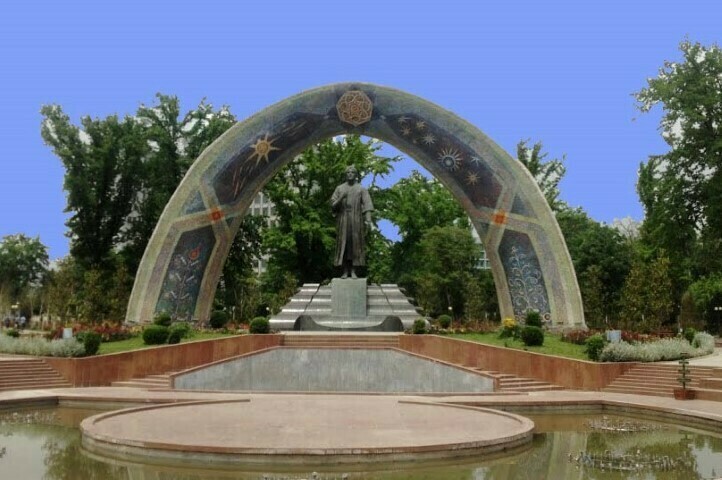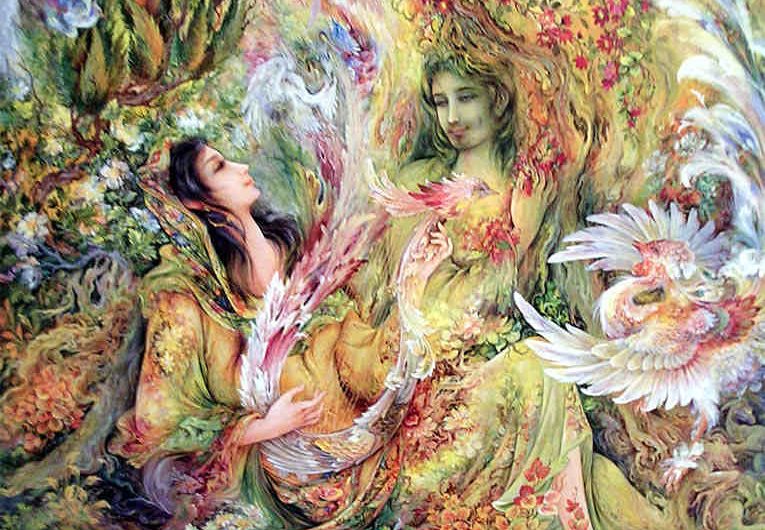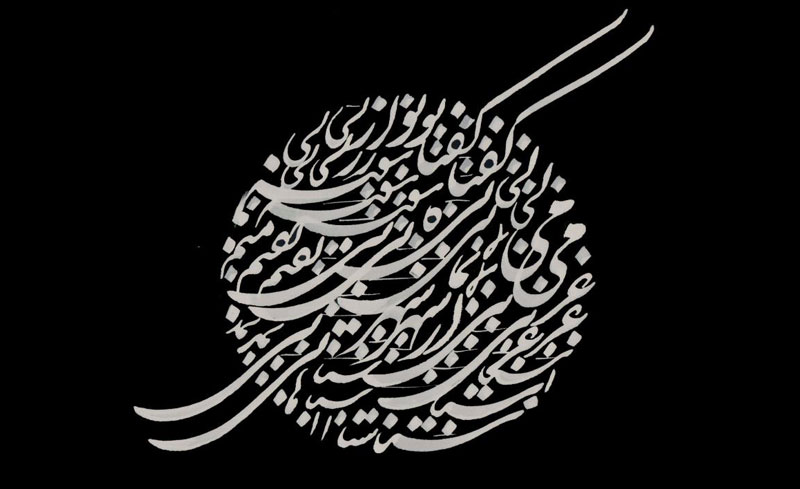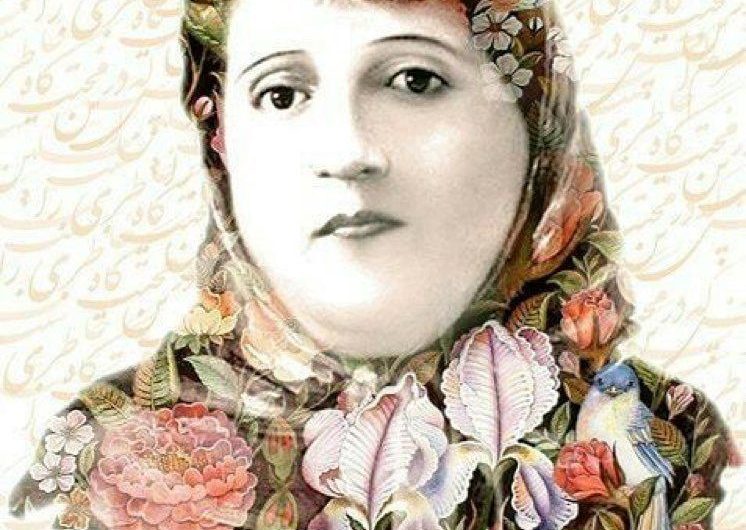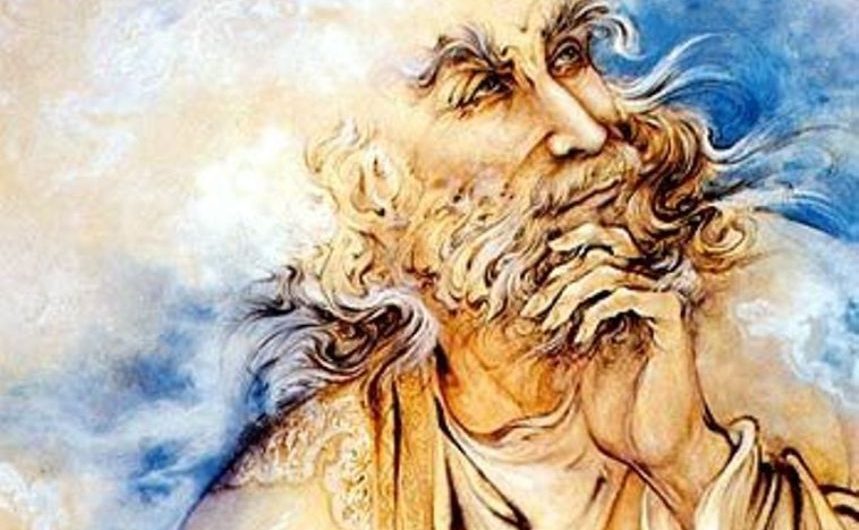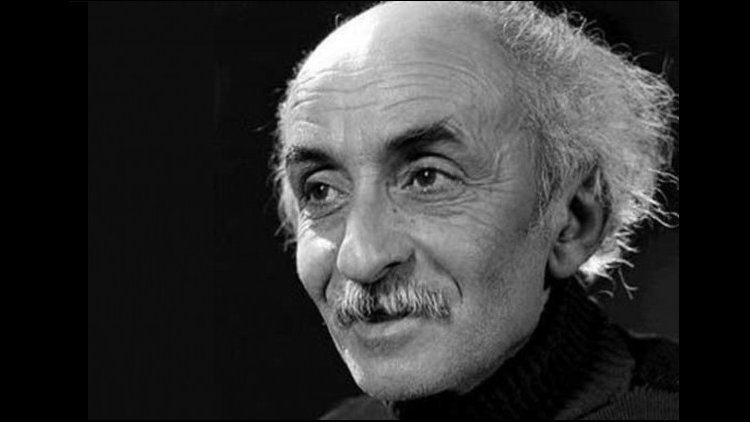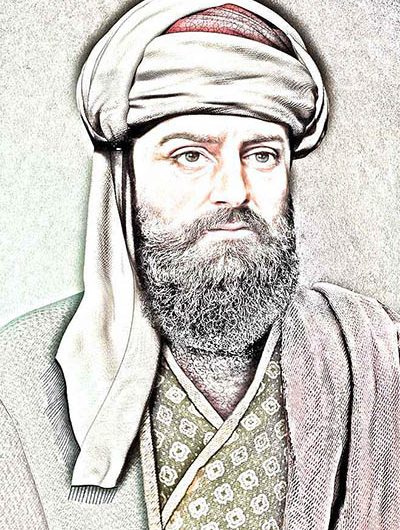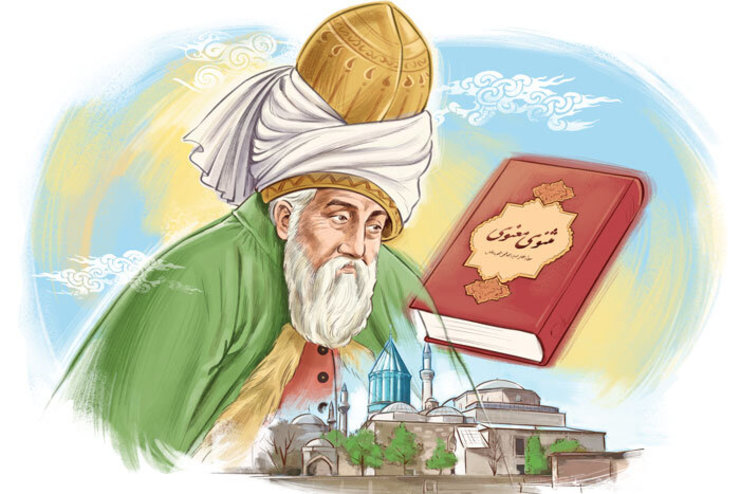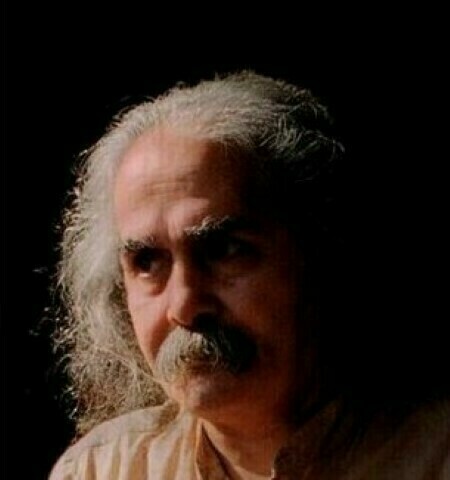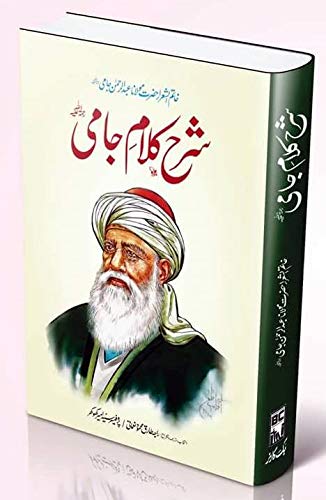The Poetry and Classical Poets of Iran Main forms and rhythmic patterns The ancient Persian language of the Achaemenid Empire, preserved in numerous cuneiform inscriptions, was an Indo-European language with strong affinities with Sanskrit and Avestan (the language of Zoroastrian sacred texts). After the fall of the Achaemenids, the ancient language evolved into Middle Persian or Pahlavi (a name derived from Parthavi meaning Parthian) in the province of Pars. Pahlavi was used throughout the Sassanid period, although little remains today of what must have been considerable literature. About 100 texts are preserved in Pahlavi, most on religion and all in prose. However, the Pahlavi novel collections provided much of the material for Ferdowsi's Shahnameh. After the Arab conquest, knowledge of Arabic became necessary, since it was not only the language of the new rulers and the State, but also the religion that they brought with them and, later, the new knowledge. Although Pahlavi continued to be spoken in private life, Arabic dominated in official circles for a century and a half. With the weakening of the central power, a modified form of Pahlavi emerged, with its Indo-European grammatical structure intact but simplified, and heavily infused with Arabic words. This was the modern Persian spoken today. Arabic continued to be used in Iran, albeit on a decreasing scale, like Latin in Europe, reserved for scholars. As such, it was used by Abu Ali Sina (Avicenna), Al-Biruni, Rhazes, Al Ghazali, and others. In general, the use of Arabic decreased; Persian developed rapidly and spread its influence to neighboring countries for a long time. In India, the Persian language and poetry became popular with rulers, and Persian was adopted as the official language at the court of the Mughal Emperor Akbar. Thereafter it spread and later merged with Hindi, giving rise to the
The Poetry and Classical Poets of Iran
Main forms and rhythmic patterns
The ancient Persian language of the Achaemenid Empire, preserved in numerous cuneiform inscriptions, was an Indo-European language with strong affinities with Sanskrit and Avestan (the language of Zoroastrian sacred texts). After the fall of the Achaemenids, the ancient language evolved into Middle Persian or Pahlavi (a name derived from Parthavi meaning Parthian) in the province of Pars. Pahlavi was used throughout the Sassanid period, although little remains today of what must have been considerable literature. About 100 texts are preserved in Pahlavi, most on religion and all in prose. However, the Pahlavi novel collections provided much of the material for Ferdowsi’s Shahnameh.
After the Arab conquest, knowledge of Arabic became necessary, since it was not only the language of the new rulers and the State, but also the religion that they brought with them and, later, the new knowledge. Although Pahlavi continued to be spoken in private life, Arabic dominated in official circles for a century and a half. With the weakening of the central power, a modified form of Pahlavi emerged, with its Indo-European grammatical structure intact but simplified, and heavily infused with Arabic words. This was the modern Persian spoken today.


